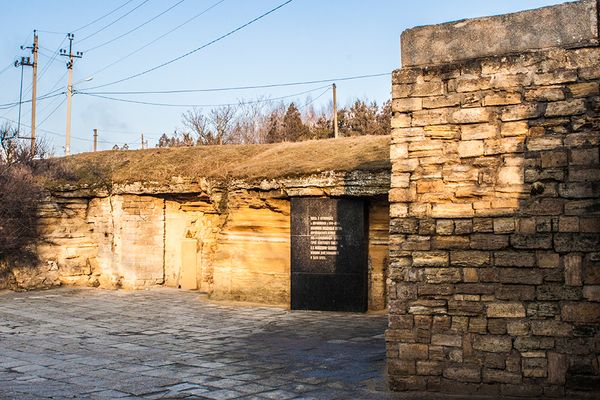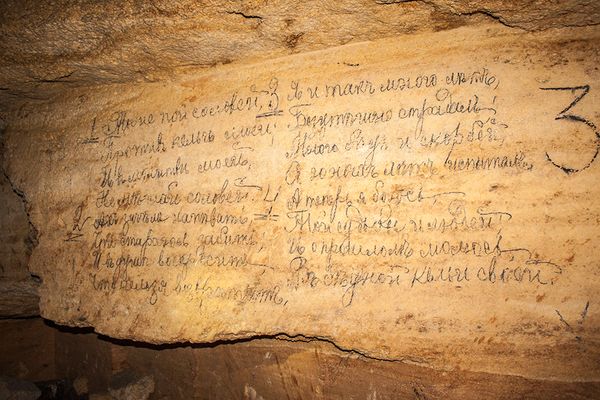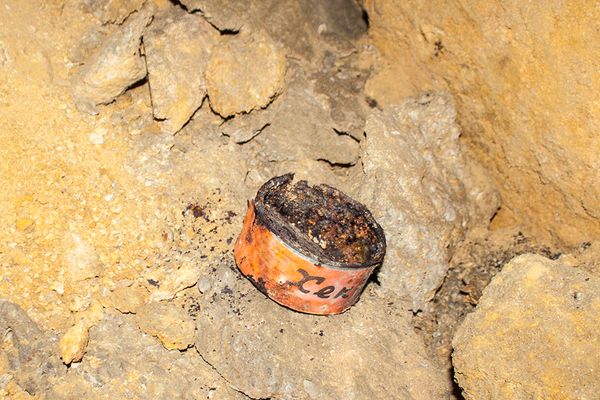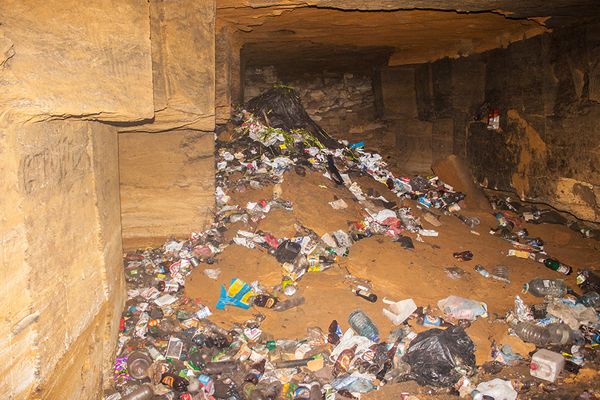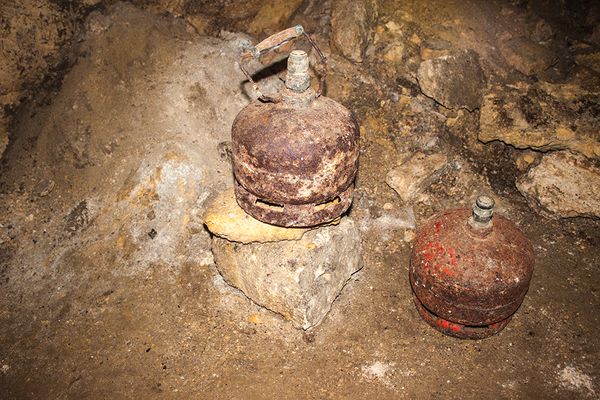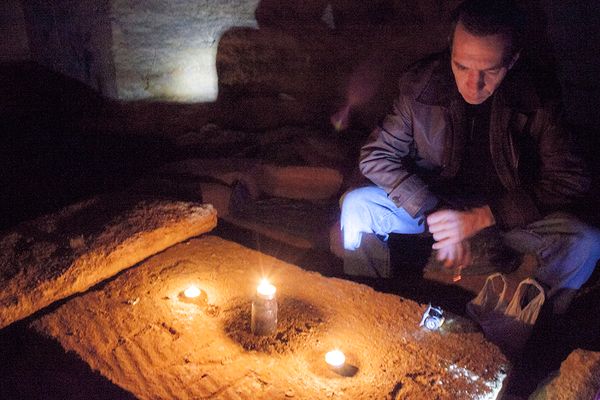Hittat i datorn.
Daterat 2003-11-01
Skrivet för en rysk tidning uppenbarligen.
Hoppas de språkgranskade.
Kompletterar med bilder när jag hittar dem.
Fame, fortune and
success – New York City at Manhattan is the place where dreams come true and
illusions are broken. Here are the lights on Broadway, Wall street with the
Worlds Financial Center as well as Greenwich village with all its artists and
exhibitions. New York is also, however, the Harlem with black and
Spanish-speaking people as well as East Village for bohemians and criminals.
It
takes nine hours to fly from Stockholm to New York. The SAS Airbus 330 with 377
passengers, that leave Arlanda airport at 10 am, reaches the Newark airport at
lunchtime. Between lays the difference in time. New York is six hours after
Sweden and eight hours after Moscow. The flight is, however, comfortable with
free lunch, free drinks and free pizzas for dinner. Each passenger gets a nice
pillow, a warm blanket, earphones and a small TV-screen in the back of the
chair in front of them. One can listen to music, play with the computer or
choose between ten different movies. The first hours, however, the view from
the window is impressing. Below are the Norwegian mountains with snow on the
tops, the glaciers of Island and a lot of icebergs outside Greenland. Thanks to
video-cameras in the front of and under the air-craft one can see for example
take off as well as the landing in detail on the video-screen. Finally, after
crossing the Atlantic Ocean and Canada at 10 000 meters height there is America
– the land of dreams and glory for so many people during decades.
Centre of almost everything
Manhattan
- the 57 square kilometres island that is New York City - is about 30 minutes
away. The bus drives over the Washington bridge and through the Lincoln tunnel
to get there. Nearly 2 million people live at Manhattan and 9.9 million people
travels here every day to work. Manhattan is the Worlds Financial Centre and
the place for the most important business of the world. The headquarter of the
United Nations is sited here as well as TV-stations like CCN and newspapers
like the New York Times, who are great symbols of the free press. No
politicians or other people with power should ever dream of trying to influence
over what is sent or written here. At least no journalist have to fear for
their lives for doing their job and telling the truth.
Before
September 11, 2001 the silhouette of Lower Manhattan was well known to the
whole world. One of the reasons was the two 110 story tall twin towers of World
Trade Center. Today there is just a big hole left at Ground Zero - and a lot of
tourists buying souvenirs. Deep down in the hole the metro is going again as
before on repaired tracks. Soon a 640 meters high “Freedom Tower” is coming up.
Till then the salesmen of postcards, books and t-shirts will go on selling
souvenirs with the old Manhattan silhouette. The Americans just refuse to admit
the result of the terrorist attack.
The man and his mission
-
Know the facts, says Harry Roland, a black nice looking, former security guard
at the southern entrance to Ground Zero. This is history. Don´t let it be a
mystery!
Harry
Roland survived the terrorist attacks thanks to his 7 year old son Devon. He
used to be at work early every morning, but September 11 he went with Devon to
school. Now, he has made it his mission to tell people the truth.
-
My boss phoned me. He said a hijacked jet airliner had crashed at full force
into the north tower near the 95th floor. I didn´t believe him.
Fifth teen minutes later another airliner crashed into the south tower at about
the 90th floor. First the south tower collapsed and then the north
tower sending debris and ashes throughout Manhattan.
The
Twin towers, however, were not the only buildings crashed that day. Seven
buildings collapsed. Later four more buildings had to be demolished brick by
brick. The last one still stands as a threat to the surroundings about 60
stores high.
-
There were not a single window left in the whole area, says Harry Roland. All
buildings were damaged except St Paul Chapel that was built in the 1700s. It
was berried under concrete dust but not a single window was broken.
About
3 700 people died that day Harry Roland says. That is about 900 more than the
official numbers. The dead were employees, rescue workers and guests but also
workers who illegally had been in the US for several years. Their families can
expect no help from the authorities.
In every way the greatest
Still
New York City has its 103-story tall Empire State Building. It is open for 3,5
million visitors per year every day from 9.30 till midnight. After a security
check as at an airport the visitors goes with 73 different elevators to the 80th
floor in 45 seconds. Each elevator take up to 50 persons each time. Other
elevators take them further on to the observatory at the 86th floor,
where the view over Manhattan is absolutely fantastic.
-
At the moment you have to wait one and a half hour, says a security guard.
There is always a terrible long queue to the elevators of Empire State
Building.
Manhattan
has got its character from its inhabitants. Most of them were once immigrants.
Therefore, they are people of all kinds and colours from the whole world. Among
the most famous quarters are Chinatown, Little Italy, Chelsea, Harlem and
Greenwich village. Outside Manhattan there are Bronx, Queens, Brooklyn and Long
Island. In the middle of it all is the very large Central Park with 26 000
trees, 36 bridges, 8968 benches to sit on, two lakes, 275 different types of
birds and 25 millions of visitors each year. Manhattan also have a lot of
garbage, since there are no special garbage-rooms at for example the
restaurant. Therefore the garbage sacks grow to mountains on the sidewalks each
day, before garbage trucks collects them during the night. They say that there
are at least ten rats on each human individual at Manhattan, which means around
20 000 – or is it 120 000 000?! - rats in the cloaks and sewage pipes.
Fast food and musicals
There
are shops of all kinds at Manhattan. From exclusive furriery and design models
of clothes to second hand clothes at the shop of the Salvation Army. All is
modern and no one cares what one choose. Everything is fashion and all is
accepted in New York. Between almost every shop is a restaurants, bar or café.
The people seem to eat all the time - and they do not seem to cook the food by
themselves. The whole system is based on fast food like hot dogs, soaps,
hamburgers, sandwiches and above all byffés with everything from vegetables to
fried fish, meat balls and octopus to all sorts of lamp chicken and the most
delicious fruit. Pick what you want and pay after weight the same price for
everything. The food is warm, so bring it home or eat where you stand. It
doesn´t matter.
There
are also fantastic restaurants like the most beautiful Russian Tearoom that has
four floors, all with different looks. It is sited next to the famous Carnegie
hall, where the greatest artists perform.
-
There is a bear ballroom with ten arched panels of Russian performing circus
bears, says a tourist guide.
There
is always something to do in New York. There are sightseeing-buses everywhere,
boats for cruises on the Hudson river and helicopters to take a ride around
town in. Broadway is the greatest theatre district in the world. All the famous
musicals are shown here. After two years “Mamma Mia”, based of the music of the
Swedish group Abba, still is a big success among musicals like Phantom of the
Opera, Nine and Chicago. Here the party seems the never end at jazz- and
nightclubs. Limousines are gliding up in front of the theatres and yellow taxi
cars hurries here and there. Now and then, day and night, the sirens from police
cars and ambulances is howling like in the movies. In the middle of it all
loneliness is a problem. But better party, people seem to think. Better stay
busy and do not think about it.
Monica
Antonsson
From the beginning there were only
Indians. Then came the viking Leif Eriksson from Iceland around 1003, before
Christopher Columbus “discovered” America 1492. Later came the Dutch and the
English explorers who started to build the New World. Today nearly half of
Americas 1 300 000 000 people can trace their roots back to millions and
millions of immigrants.
New York
got its name of an Englishman who probably came from York in England. He worked
for a Dutch company, so the island he explored – that today is Manhattan or New
York City – got the name New Amsterdam after the capital of Holland. Manhattan
and the rest of America is characterized by the immigrants. One quarter is for
example called Chelsea after a Chelsea in London. Chinatown and Little Italy got
their names after the people who once settled here.
The
Golden Land
It was the
Englishmen who first did business with slaves from Africa. From 1740 till 1810
special head hunters forced 60 000 slaves per year to come till they were about
11 millions and the system was forbidden 1865. In other words, the first
immigrants did not come by free will. Later, at the end of the 1800s, Italians,
Poles, Armenians and Russians arrived as well as Chinese and Japanese
immigrants. Very soon there were also coming people from France, Scotland,
Ireland, Germany and Scandinavia. Some had left their homelands because of a
catastrophe like an earthquake or famine. In Ireland, for example, a terrible
disease in the mid 1800s destroyed the main farm crop – potatoes – for several
years in a row. The famine lasted many years and nearly 2 million people died
of starvation. Almost as many people left for America. When there was a famine
in Sweden in the 1860s, whole villages packed up and left for America. But many
immigrants fled for other reasons. In the late 1800s and early 1900s, thousands
of Russian Jews were killed in terrible pogroms, which were massacres often
organized by the government and sometimes even by churches. Millions of Jews
left Russia and eastern Europe because of these pogroms, as well as other kinds
of religious persecution. To them America was a “Golden land” where they could
get a decent job, go to free school and eat well as long as they were willing
to work.
Three million Russians
Civil
unrest and economic instability were hallmarks of Russian life in 1881. Jewish
citizens were victims of violence and restrictions on their ability to live and
work in their homeland. More that 3 million Russians – about half of whom were
Jewish, had arrived in the United States by 1914. Two decades earlier unstable
economic conditions had prompted a similar wave of Polish immigration. By 1914
over 2 million Poles had settled in United States. During the 1920s the new
communist regime in Russia banned Jewish religious studies and encouraged the
resettlement of Soviet Jews. Approximately 20 000 Russians came to the US then,
while another 30 000 Russian immigrants arrived following World War II. Soviet
restrictions during the Cold War limited the number of people allowed to leave
for the United States, but in the 1970s Soviet Jews were allowed to emigrate
once again. Many of the latter Russians immigrants settled in New York and
California. By Russians means even Ukrainians and people from the Belarus and
the Baltic countries. At the time for the first World War the emigration was
sharply curtailed by the Bolshevik seizure and consolidation of power. Since
this time, Russian immigration has been extremely limited, but has risen
dramatically since the demise of the Soviet Union in late 1991.
Ellis Island in New York
Many
Russians had to leave their homes during the night to escape mobs that were
beating and murdering people. They had to go to a big town with a port
somewhere to be able to reach a boat heading for America. There were often
several difficulties to face. Sometimes the government did not want boys and
young men to leave, since they wanted them to serve in the army. Other problems
was thieves who stole the gods, while
they were sleeping. Some had to pay bribes to the border guards to be able to
cross the border to another country. The trip overland sometimes took weeks.
Then they might have to wait two weeks or longer at the port before the ship
was ready to depart. With a sailing ship the trip to America could take from
40 days to six months. By the late 1800s the steamships took over the business
which made the trip faster – from six to thirty-two days. Like most other
immigrants the Russians came to America in poverty. Less than six per cent
brought more that 50 dollars with them.
Almost all
immigrants came to Ellis Island in New York, that today is the American Family
Immigration History Center, where people interested in genealogy can find their
relatives. Ellis Island is sited on a small island close the Statue of Liberty
only 15 minutes way with the ferry from lower Manhattan.
Most of them got in
According
to a United States law the ship companies had to pay the return fare for anyone
who had to be sent back from America. So before leaving, ship doctors examined
all passengers to see if they had any illnesses like typhus, yellow fever,
smallpox or cholera that would prevent them from being allowed to enter the
United States. The doctors vaccinated and disinfected them all. Their arrival
in New York was an ending as well as a beginning – the midway point in a voyage
of transformation that had begun thousands of miles away.
Ellis
Island was like a miniature city for the immigrants. There were waiting rooms,
dormitories for over a thousand people, restaurants, a hospital, baggage room,
post office, banks to change foreign money, a railroad ticket office, medical
and legal examination rooms, baths, laundries, office areas for charities and
church groups and courtrooms. Ellis Island was the last hurdle the immigrants
had to pass before they were to enter the country.
For most
the experience was over in four or five hours, when they were curtly waved down
a flight of stairs toward the exit and out into the New World. Following signs
marked “New England” and “West” most of the immigrants quickly dispersed to
distant towns and cities around the country. For one in a four of the final
destination was Manhattan. That is also where most of their descendants live
today.
Monica
Antonsson




